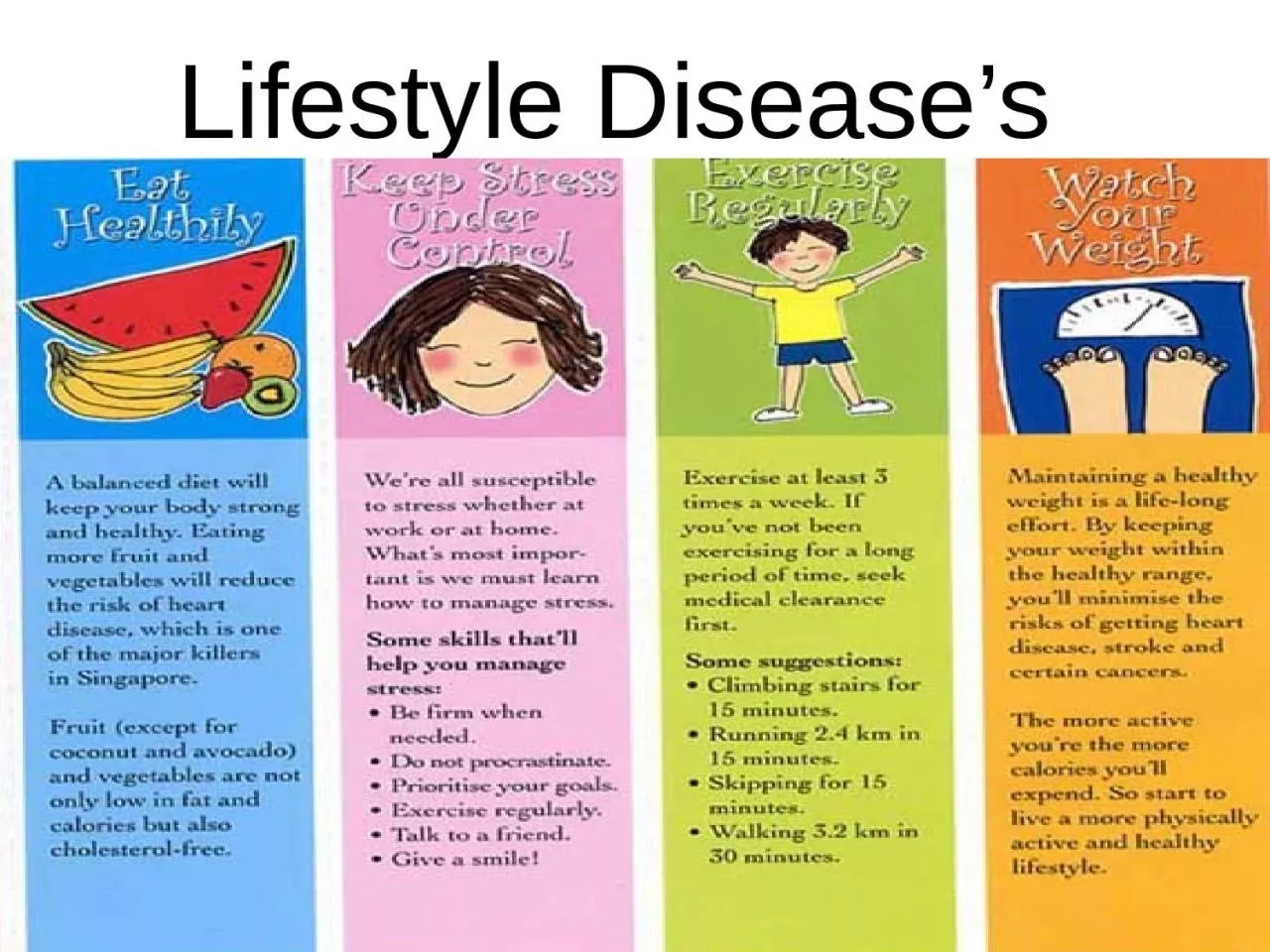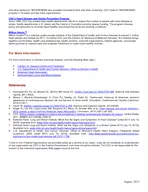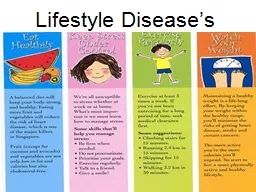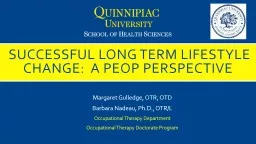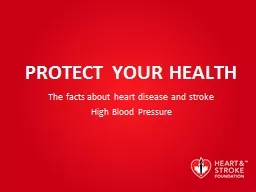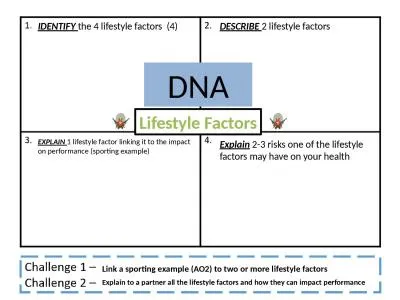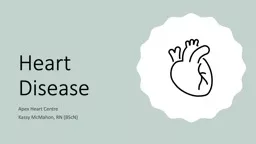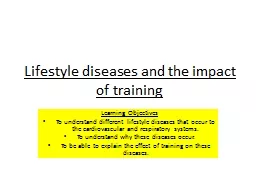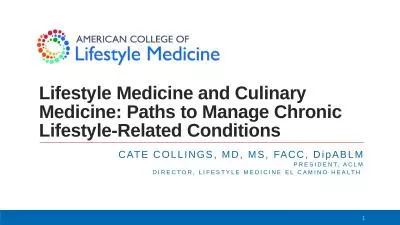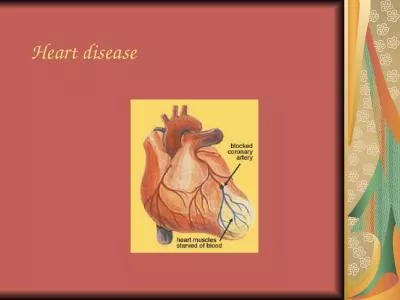PPT-Lifestyle Disease’s Heart Disease Facts
Author : osullivan | Published Date : 2023-05-19
Leading cause of death in the United States for adults 1 in 4 adults are ill with a form of this disease Heart disease develops slowly over a lifetime What is the
Presentation Embed Code
Download Presentation
Download Presentation The PPT/PDF document "Lifestyle Disease’s Heart Disease Fact..." is the property of its rightful owner. Permission is granted to download and print the materials on this website for personal, non-commercial use only, and to display it on your personal computer provided you do not modify the materials and that you retain all copyright notices contained in the materials. By downloading content from our website, you accept the terms of this agreement.
Lifestyle Disease’s Heart Disease Facts: Transcript
Download Rules Of Document
"Lifestyle Disease’s Heart Disease Facts"The content belongs to its owner. You may download and print it for personal use, without modification, and keep all copyright notices. By downloading, you agree to these terms.
Related Documents

